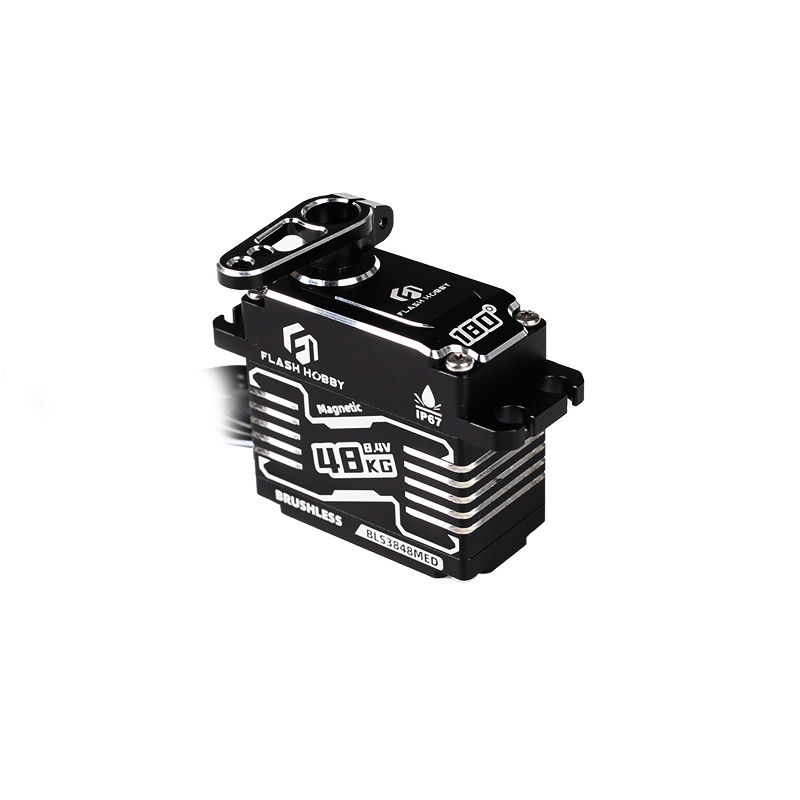Mastering Precision: Understanding Servo Control
2024-05-09
In the world of automation and robotics, achieving precise motion control is essential for ensuring optimal performance and efficiency. One of the key technologies that enable such precision is servo control. But what exactly is servo control, and how does it contribute to the smooth and accurate movement of machinery? Let's delve into the intricacies of servo control and explore its significance in various applications.
Defining Servo Control:
Servo control is a method of regulating the motion of a system by continuously monitoring and adjusting its position, velocity, or acceleration to maintain a desired setpoint. This control technique relies on feedback from sensors, such as encoders or resolvers, to provide real-time information about the system's actual performance. Based on this feedback, a controller computes the necessary adjustments to minimize error and achieve precise motion control.
The Components of Servo Control:
Servo control systems typically consist of several key components:
1. Actuator (Servo Motor): The actuator, often in the form of a servo motor, is responsible for converting electrical signals into mechanical motion. Servo motors offer precise control over position, velocity, and torque, making them ideal for applications that require accurate motion control.
2. Feedback Device: A feedback device, such as an encoder or resolver, provides real-time information about the actuator's position, velocity, and acceleration. This feedback allows the controller to monitor the system's performance and make necessary adjustments to achieve the desired setpoint.
3. Controller: The controller is the brain of the servo control system, processing feedback data and generating control signals to regulate the actuator's operation. The controller compares the actual system performance to the desired setpoint and calculates the necessary corrections to minimize error and maintain precise motion control.
4. Drive: The drive amplifies and delivers the control signals from the controller to the actuator, providing the necessary power and voltage for motor operation. The drive also ensures the safety and reliability of the system by implementing protection features such as overcurrent and overtemperature protection.
Working Principle of Servo Control:
Servo control operates on the principle of closed-loop feedback, where the system continuously compares the actual performance to the desired setpoint and makes adjustments to minimize error. The control loop consists of four main stages:
1. Setpoint Generation: The desired position, velocity, or acceleration is set by the user or the control system.
2. Feedback Acquisition: The feedback device continuously monitors the system's actual performance, providing real-time information about its position, velocity, and acceleration.
3. Error Calculation: The controller compares the actual system performance (feedback) to the desired setpoint, calculating the error (the difference between the two).
4. Control Signal Generation: Based on the error calculation, the controller generates control signals to adjust the actuator's operation and minimize the error. These control signals are amplified and delivered to the actuator by the drive, ensuring precise motion control and synchronization.
Applications of Servo Control:
Servo control finds applications across a wide range of industries and domains, including:
- Industrial automation
- Robotics
- CNC machining
- Packaging and labeling
- Printing and publishing
- Medical devices
- Aerospace and defense
Conclusion:
In conclusion, servo control is a fundamental technology that enables precise motion control in various applications, from industrial automation and robotics to CNC machining and medical devices. By continuously monitoring and adjusting the system's performance, servo control ensures accuracy, reliability, and efficiency, driving innovation and advancement across diverse industries. As technology continues to evolve, servo control will remain at the forefront of precision engineering, shaping the future of automation and robotics.


